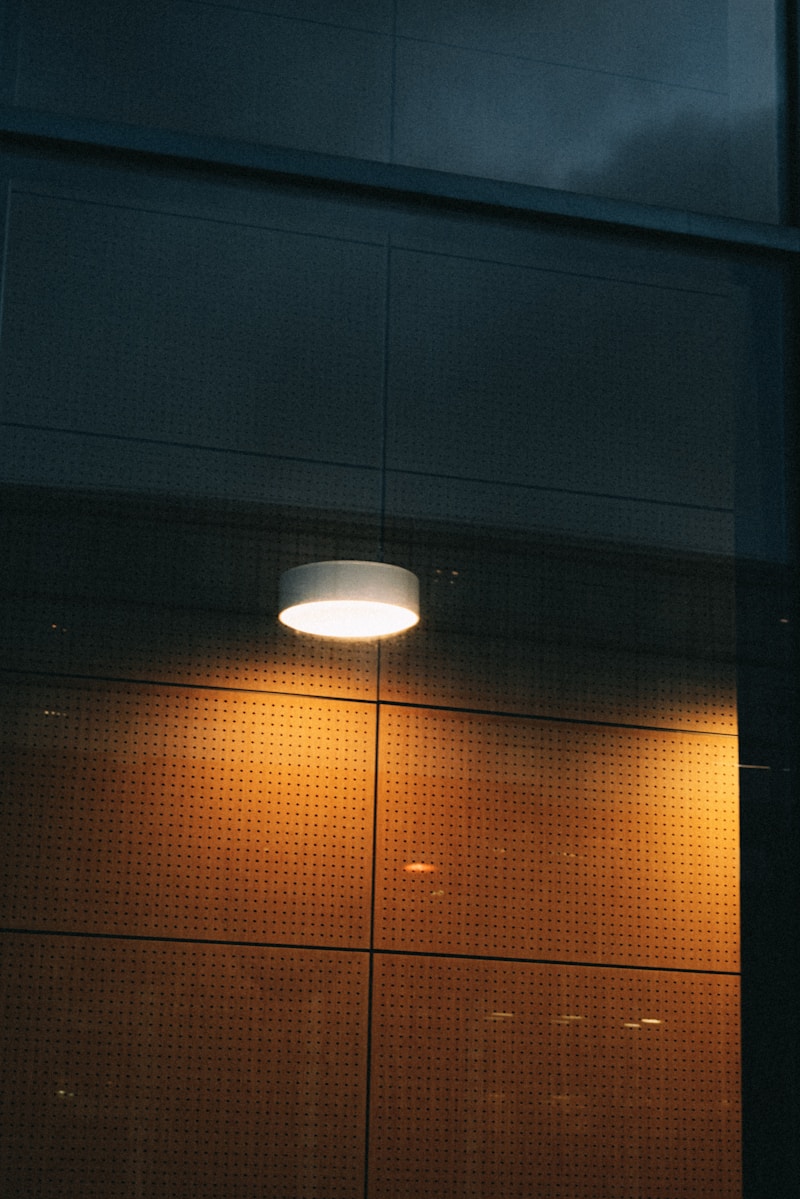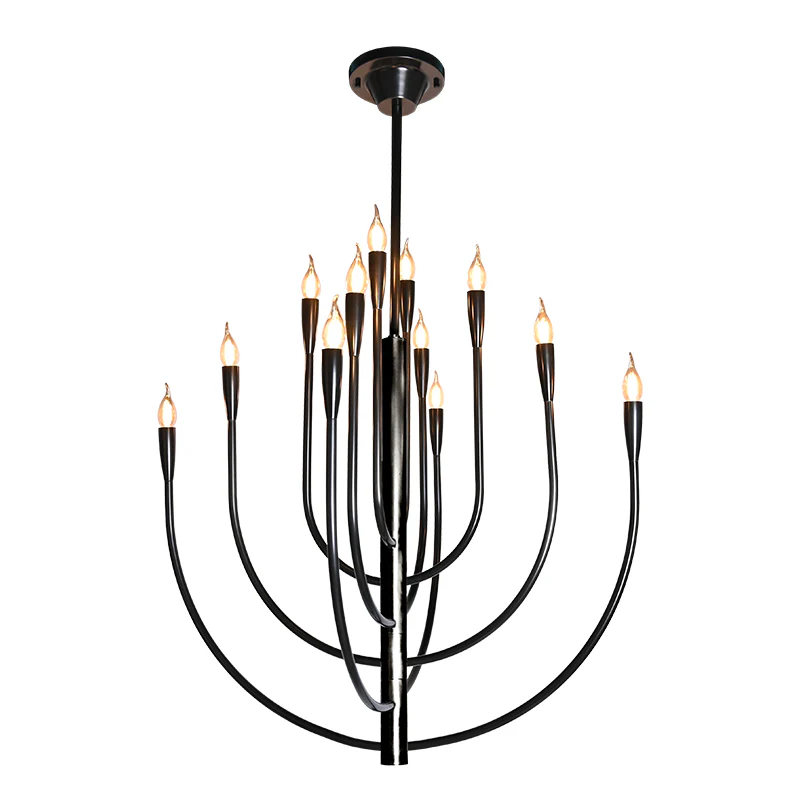Defining the Principles of Effective Lighting: A Comprehensive Guide
Defining the Principles of Effective Lighting: A Comprehensive Guide
Effective lighting can dramatically transform a space, enhance its aesthetic appeal, and positively influence mood and productivity. In this article, we will delve into the essential principles of effective lighting, exploring its various types, techniques, and applications. Whether you are designing a home, an office, or an outdoor space, understanding these principles will help you achieve an optimal lighting setup.
Understanding the Importance of Effective Lighting
Lighting goes beyond simple illumination. It plays a vital role in interior design, architecture, and lifestyle. The right lighting can create an inviting atmosphere, highlight architectural features, and improve visibility. Moreover, it can affect our emotions, productivity, and well-being. For example, a well-lit workspace can enhance focus and efficiency, while soft, warm lighting can create a cozy environment for relaxation. However, improper lighting can lead to eyestrain and decreased productivity.
Principles of Effective Lighting
To harness the full potential of lighting, it’s crucial to understand its fundamental principles. Here, we outline the key principles that guide effective lighting design:
| Principle | Description |
| 1. Layering | Using a combination of ambient, task, and accent lighting for a well-rounded approach. |
| 2. Color Temperature | Selecting the right color temperature (measured in Kelvin) to match the intended mood. |
| 3. Distribution | Ensuring even light distribution to avoid shadows and harsh glares. |
| 4. Energy Efficiency | Choosing energy-efficient lighting options to reduce consumption and costs. |
| 5. Flexibility | Incorporating adjustable lighting options for versatility in different settings. |
1. Layering: Creating Depth and Interest
Layering involves combining different types of lighting—ambient, task, and accent—to create depth and interest in a space. Ambient lighting serves as the overall illumination, while task lighting focuses on specific areas for activities like reading or cooking. Accent lighting helps to highlight artwork, architectural features, or decor elements.

2. Color Temperature: Setting the Mood
Color temperature is measured in Kelvin (K) and plays a crucial role in the atmosphere of a space. Lower temperatures (2700K-3000K) create a warm, cozy ambiance, suitable for living rooms and bedrooms. In contrast, higher temperatures (3500K-4100K) produce a cooler, more energetic vibe appropriate for workspaces. Understanding how to choose the right color temperature will help you set the desired mood for each environment.
3. Distribution: Avoiding Shadows
Even light distribution is essential to avoid harsh shadows and glares. When designing a lighting scheme, consider both the placement of light fixtures and the type of bulbs used. Light fixtures should be strategically placed to ensure adequate illumination in all areas while preventing glare from reflective surfaces.
4. Energy Efficiency: Choosing the Right Technologies
With rising energy costs and environmental concerns, energy efficiency is a vital consideration in lighting design. Opt for LED bulbs which consume less energy and have a longer lifespan than traditional incandescent bulbs. Not only do energy-efficient lighting solutions reduce utility bills, but they also decrease the carbon footprint, contributing to a more sustainable environment.
5. Flexibility: Adaptable Lighting Solutions
Flexibility is key to effective lighting. Incorporate adjustable fixtures, dimmers, and smart lighting systems that allow users to control brightness and color temperature based on their needs. This adaptability is particularly beneficial in multifunctional spaces like living rooms or offices, where activities can vary throughout the day.
Common Lighting Techniques and Their Applications
Having defined the principles of effective lighting, it’s essential to explore common lighting techniques and their specific applications. The following are popular techniques that can enhance your lighting design:
1. Ambient Lighting Techniques
Ambient lighting is the foundational layer of lighting in a room, providing overall illumination. Techniques include:
- Using ceiling-mounted fixtures, like chandeliers or flush mounts, to distribute light evenly.
- Employing wall sconces to enhance the warm glow and eliminate dark corners.
- Incorporating natural light through windows, skylights, or light tubes.
2. Task Lighting Techniques
Task lighting is designed to provide focused illumination for specific activities. Key techniques include:
- Using desk lamps with adjustable arms for optimal light positioning while studying or working.
- Incorporating under-cabinet lights in kitchens to illuminate countertops.
- Utilizing porTable lamps for reading or hobbies.
3. Accent Lighting Techniques
Accent lighting highlights specific features or objects in a space. Techniques include:
- Using track lighting to showcase artwork or architectural details.
- Incorporating backlighting behind sculptures or behind architectural elements.
- Utilizing spotlights to draw attention to specific design features.
How to Implement Effective Lighting in Different Environments
Effective lighting varies depending on the environment. Here’s a closer look at how to implement these principles in residential and commercial settings:
1. Residential Lighting
In residential settings, such as living rooms and bedrooms, the goal is often to create a warm and inviting atmosphere. Here are some tips:
- Choose warm color temperatures (2700K-3000K) for a cozy feel.
- Create layered lighting with a combination of overhead fixtures, Table lamps, and Floor lamps.
- Incorporate dimmers to adjust lighting levels based on mood or time of day.
2. Office Lighting
In office environments, good lighting is crucial for productivity and well-being. Here are some strategies:
- Use cooler color temperatures (3500K-4100K) to help improve focus and concentration.
- Incorporate task lighting at workstations and communal areas.
- Maximize natural light to create a more pleasant working environment.
3. Outdoor lighting
Outdoor lighting enhances safety and Aesthetics. Effective Outdoor lighting strategies include:
- Using pathway lights to illuminate walking areas and increase safety.
- Incorporating uplights to highlight trees or architectural features of a home.
- Utilizing timers and motion sensors to enhance energy efficiency.
Trends in Lighting Design
The field of lighting design is continually evolving. Here are some current trends shaping the industry:
1. Smart Lighting Solutions
The rise of smart home technology has led to the popularity of smart lighting solutions. These systems allow users to control their lighting remotely via smartphones or voice-enabled devices. Features include adjusting brightness, color temperatures, and scheduling routines for different times of the day.
2. Sustainable Lighting
As environmental awareness grows, sustainable lighting has gained momentum. This trend involves using eco-friendly materials, energy-efficient bulbs, and designs that prioritize sustainability. For example, solar-powered Outdoor lighting offers an eco-friendly alternative to traditional electric fixtures.
3. Industrial Chic Designs
Industrial-style lighting, characterized by utilitarian designs and exposed bulbs, continues to be popular. This style adds a modern edge to residential and commercial spaces, ideal for lofts or contemporary offices.
Conclusion: The Impact of Effective Lighting
In conclusion, effective lighting is vital in architectural design, influencing mood, Aesthetics, and functionality. By understanding and implementing the principles of effective lighting—layering, color temperature, distribution, energy efficiency, and flexibility—you can create inviting and efficient spaces.
As you embark on your lighting design journey, consider the environment’s specific needs, the intended use of the space, and current industry trends. Always prioritize safety and efficiency while making your lighting choices to enhance enjoyment and well-being.
Remember: The right lighting can enhance not only the appearance of a space but also the quality of life for those who inhabit it. Be mindful of the principles discussed, and you are sure to create effective lighting that meets both practical and aesthetic needs.
